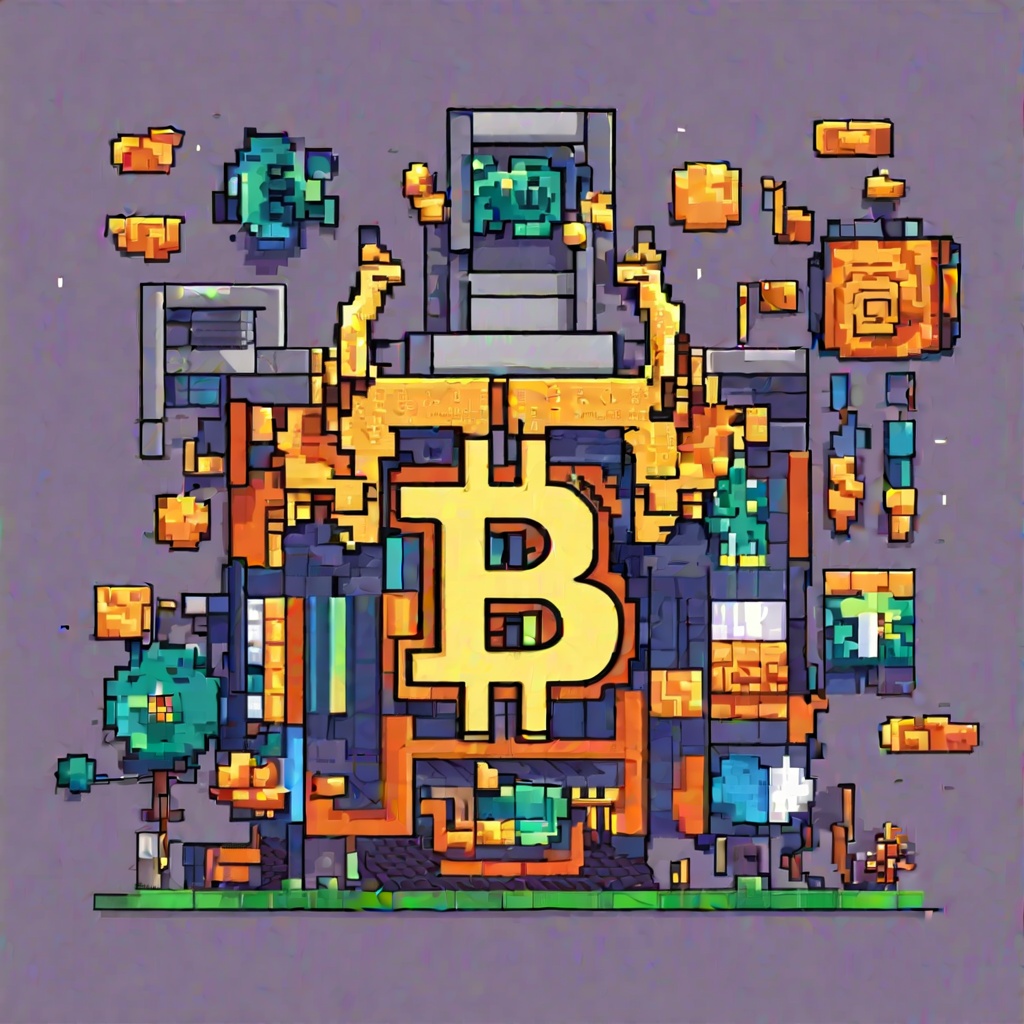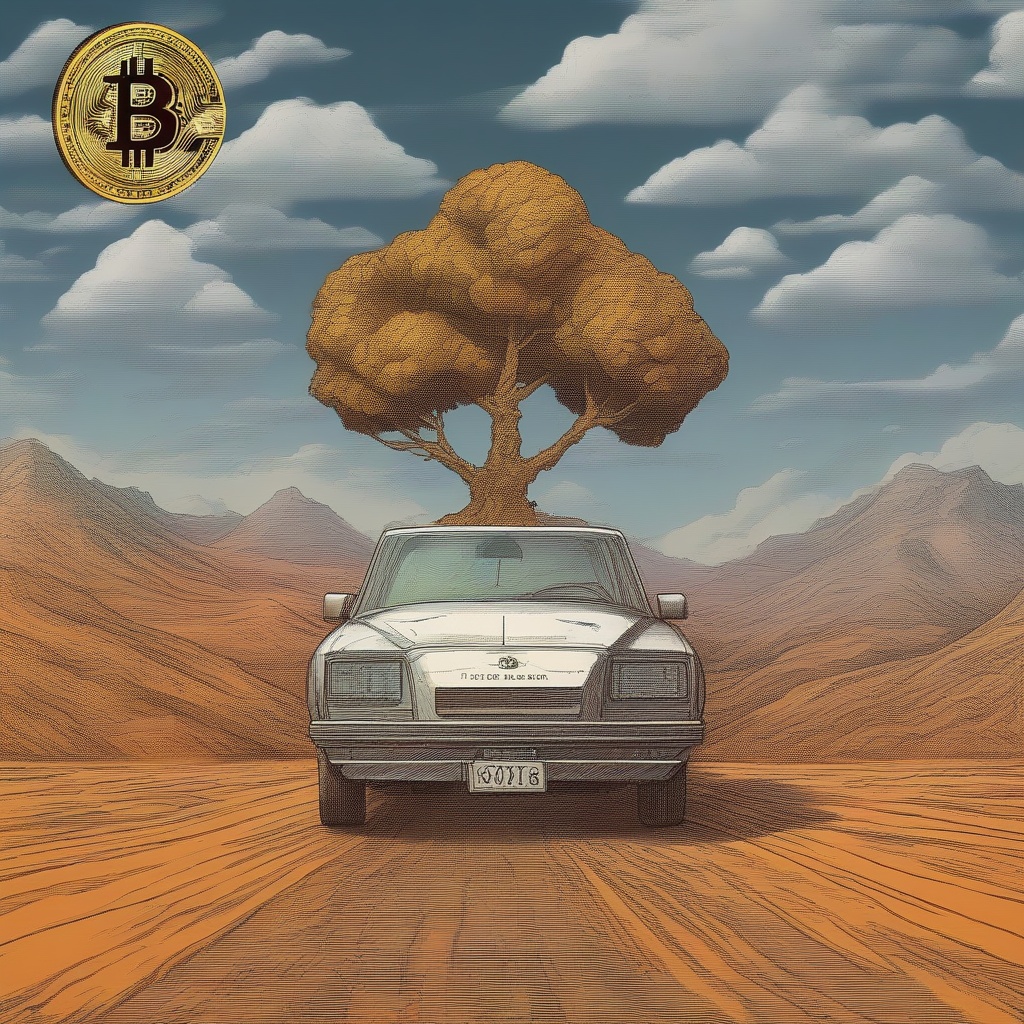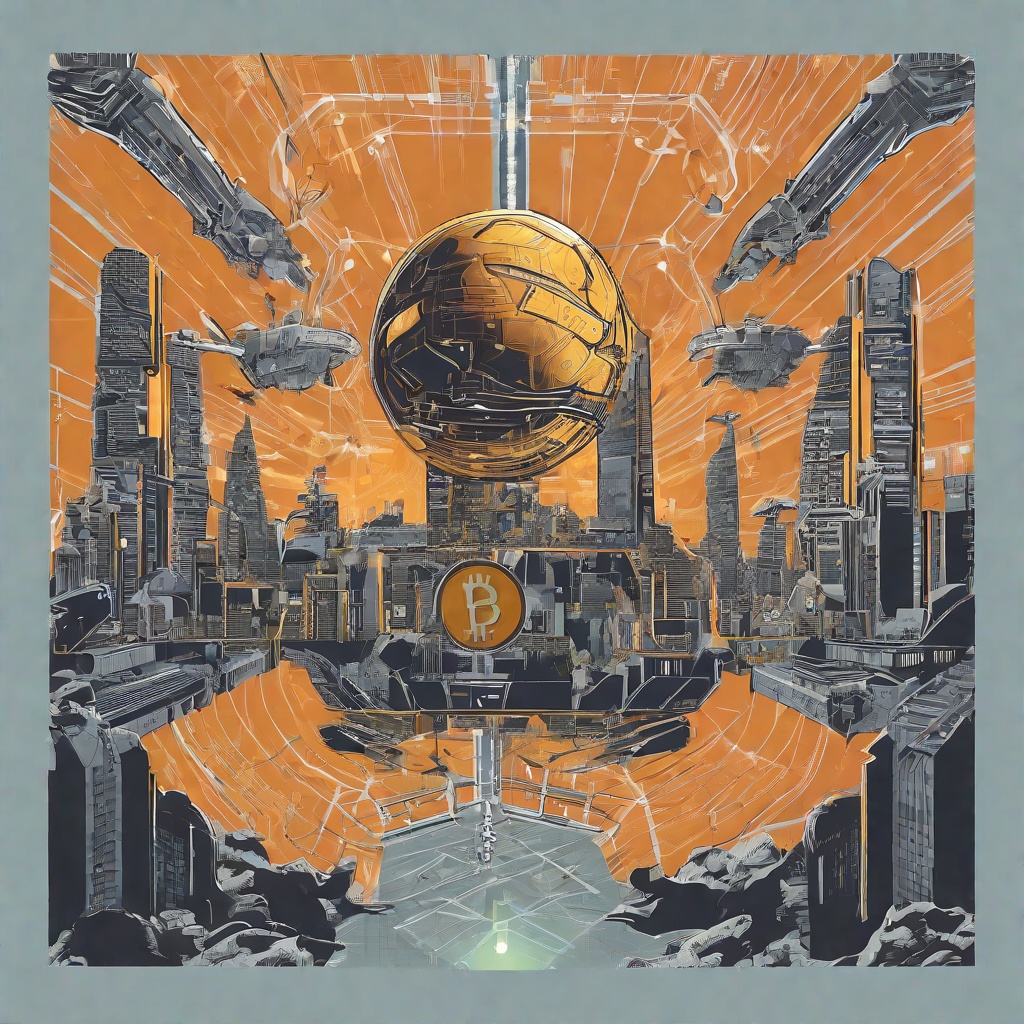What is a V2 API?
Could you elaborate on the concept of a V2 API? What improvements or new features does it offer over its predecessor, the V1 API? Is it more efficient, secure, or versatile? Are there any specific use cases or industries that benefit most from the adoption of a V2 API? Additionally, how does the implementation process differ, and what steps should developers take to ensure a smooth transition from V1 to V2? Understanding these aspects would help clarify the value proposition of a V2 API and its potential impact on various systems and applications.

How does base L2 work?
Could you please explain how the base L2 functionality operates within the realm of blockchain technology? I'm particularly interested in understanding the mechanics behind its efficiency gains and how it interfaces with the base L1 layer. Additionally, are there any notable limitations or challenges that developers face when implementing L2 solutions? Understanding these aspects would greatly aid in my comprehension of the overall blockchain architecture and its scalability potential.

What is the polygon rule?
Could you please explain what the Polygon rule is in simple terms? I've heard it mentioned in the context of cryptocurrency transactions, but I'm not entirely clear on its significance or how it applies. Is it a rule that governs the exchange of tokens on a specific blockchain, or does it have a broader application? And what are the potential implications of violating this rule for those involved in cryptocurrency transactions?

What is Hedera Blockchain?
Could you please elaborate on what Hedera Blockchain exactly is? I understand it's a decentralized network, but what sets it apart from other blockchain platforms? What are its unique features and benefits? How does it aim to address the scalability, security, and sustainability challenges that many blockchain projects face? Also, what kind of use cases does Hedera envision for its platform, and what industries could potentially benefit from its adoption?

What is a film aggregator?
Excuse me, could you please elaborate on the concept of a film aggregator? I'm a bit confused about its role and function in the film industry. Specifically, how does a film aggregator work? What services does it provide? And are there any popular examples of film aggregators that I might be familiar with? I'm really interested in understanding the mechanics behind this process and how it impacts the distribution and consumption of films. Thank you in advance for your explanation.

